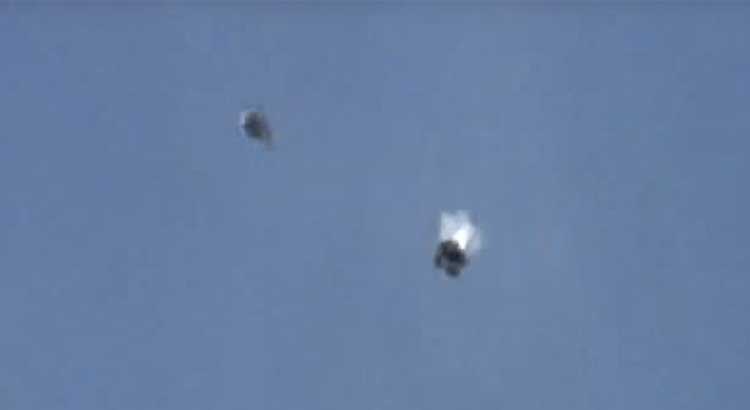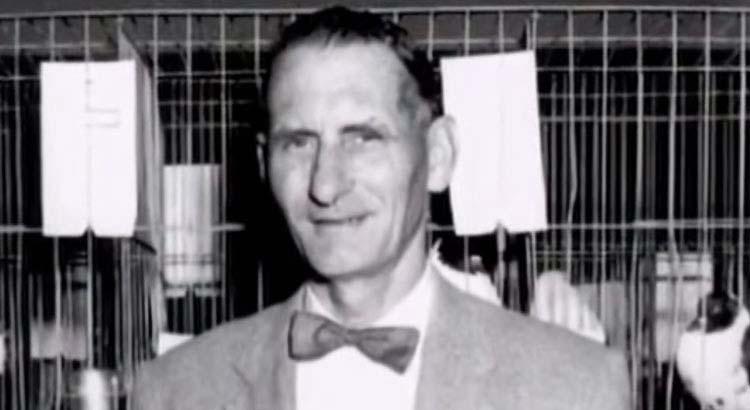One would agree with the notion that you have to see a Birmingham Roller perform in person to get a sense of what drives this hobby and its fanciers. Describing the performance isn’t complex but the description does it no justice. Photography and video have seldom helped in this regard; it’s technically difficult to capture performance with a typical video recorder or camera. There are however a handful of videos that one can look to if needed. Read More
Blog
Attributes of Good Kit Birds
by Steve Agent; August 2002
1. They must kit and kit tight. 
2. They must spin, preferably when others spin.
3. If they spin alone, they should cut the spin off shorter than if they spun with the kit. Basically, if they are 30′ they should stop around 15′.
4. If they have the kitting instinct they will cut the roll off (as needed).
5. If they did not spin and some of the others did, they should wait for the others to catch up instead of continuing the fly pattern creating a large gap between them. Read More
Birmingham Roller Origins
by Tom Monson; Copyright 2002
published with permission from author
Ancient Roller Origins
The ancient origins of the roller pigeon are shrouded in mystery and conjecture. The roller performs as it does because it has inherited a gene for rolling (the “ro” gene). No, this gene doesn’t make rollers perform perfectly. It causes them to exhibit a tumbling reflex. Certain suspected additive genes, proper type, physique, and a unique mental endowment are required before a pigeon can utilize the “ro” gene to perform like a true Birmingham Roller. No one knows just when the “ro” gene mutated to become a part of the pigeon genetic compendium, or whether it might have mutated in more than one pigeon on more than one originating occasion. Read More
Balance Breeding
by Steven Agent, 2011
published with permission from author
I must start with hard and soft feather classifications. In my family, the hard colors are blue check and blue bar self or flights. The soft colors are white, yellow, recessive red, lavender, grizzles, torts, mottles and blacks.
The first factor I consider when selecting pairs is feather quality. I try to always put a hard-feathered bird with a soft-feathered bird, as long as they are not too closely related. What I mean by too closely related is mother/son, father/daughter and brother/sister. Read More
The Three Pigments
by Frank Mosca, Copyright 2000
published with permission from author
Domestic pigeons have three different feather pigments: brown, black and red. Despite our common pigeon terminology usage, there is no blue pigment in pigeons. The reason we’ve always used the term is because when the black pigment is clumped together in the cells of the feathers, it refracts the light in such a way that we see a bluish tinge. Note the wingshield of the blue bar. This is why W.F. Hollander decided to designate the wild-type pigment as blue/black. Read More
Basic Pigeon Care
by Frank Mosca, August 2002
published with permission from author
This article is not intended to be a complete thesis on the care of pigeons in all circumstances or times. It is merely designed as something to answer a beginner’s basic questions to keeping pigeons alive and healthy. There are many pathways to the same end, but, all have similar building blocks. I have purposely not added lots of pics and links to this article to make it more printer friendly for you.
All pigeons, regardless of breed, have certain needs. These include food, water, and shelter. The type of shelter would depend on your local environmental conditions. Read More
The Unstockable List
- Do not stock rollers that don’t roll after being flown two seasons
- Do not stock rolldowns, no ifs ands or buts
- Do not stock non-kitting rollers
- Do not stock overly deep (60+ feet) or overly short depth rollers (less than 10 feet)

Quotes & Pieces of Wisdom
There are shallow rollers, and there are deep rollers. You can’t breed two deep rollers or their young, their offspring, will roll all the way down, hit and die. Agent Starling is a deep roller, Barney. Let us hope one of her parents was not.

A Bit of Roller History – by Richard Espinoza
You gotta love roller history. I ran across an article in an old roller publicationwhich despite being short, is great. The piece looks to be written by Richard Espinoza about how Jaconette got his ‘start’. Here it is, along with a photo of the article page below. (see article here…)

